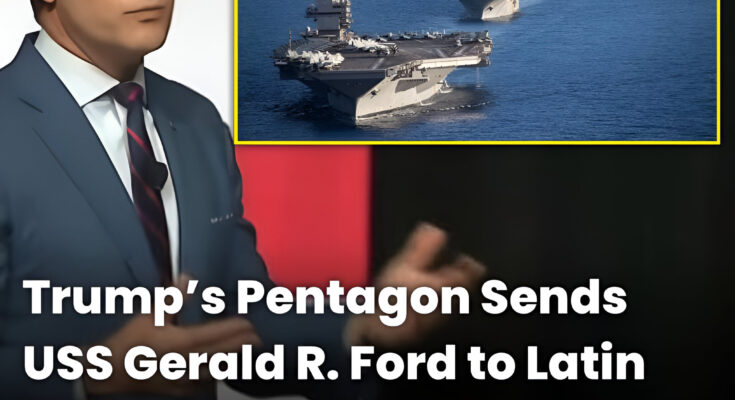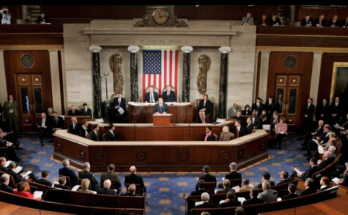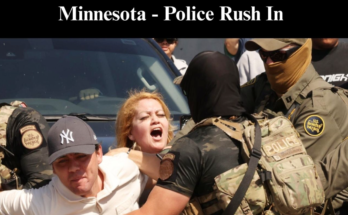Pentagon Sends USS Gerald R. Ford Carrier Strike Group to South America as Trump Administration Escalates Crackdown on Narco-Terror and Cartel Networks
In one of the most significant U.S. military moves in recent years, the Pentagon confirmed on October 24, 2025, that Defense Secretary Pete Hegseth has ordered the USS Gerald R. Ford Carrier Strike Group to deploy to the U.S. Southern Command (USSOUTHCOM) region. The move, directly approved under the Trump administration, marks a new phase in America’s war against transnational criminal organizations and narco-terror groups operating across Central and South America.
The deployment comes after a series of at least ten U.S. strikes on drug-running vessels in the Caribbean and Eastern Pacific over recent months. According to Pentagon officials, the expanded naval presence will “bolster U.S. capacity to detect, monitor, and disrupt illicit actors and activities that compromise the safety and prosperity of the United States homeland and our security in the Western Hemisphere.” In short, Washington is sending a clear message: the cartels and their state sponsors are now being treated as national security threats, not just law enforcement challenges.
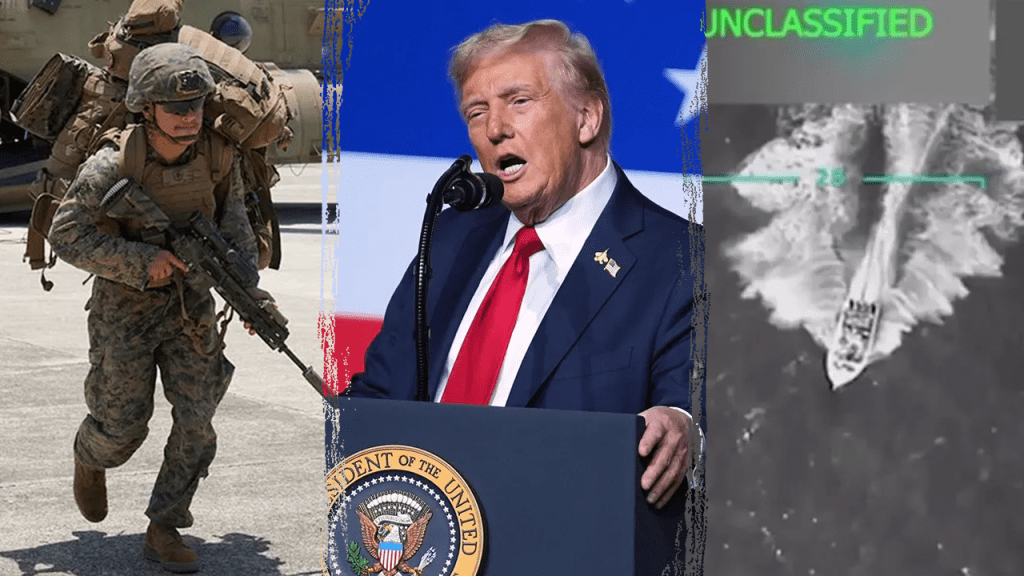
The USS Gerald R. Ford, the Navy’s most advanced aircraft carrier, is accompanied by destroyers, cruisers, and support ships capable of conducting surveillance, intelligence operations, and precision strikes. Its presence in the USSOUTHCOM area—covering the Caribbean, Central, and South America—significantly enhances U.S. reach in a region long used as a transit corridor for narcotics heading north. Pentagon officials say this expanded force will enhance America’s ability to “degrade and dismantle transnational criminal organizations,” while also strengthening partnerships with allied nations combating the same threats.
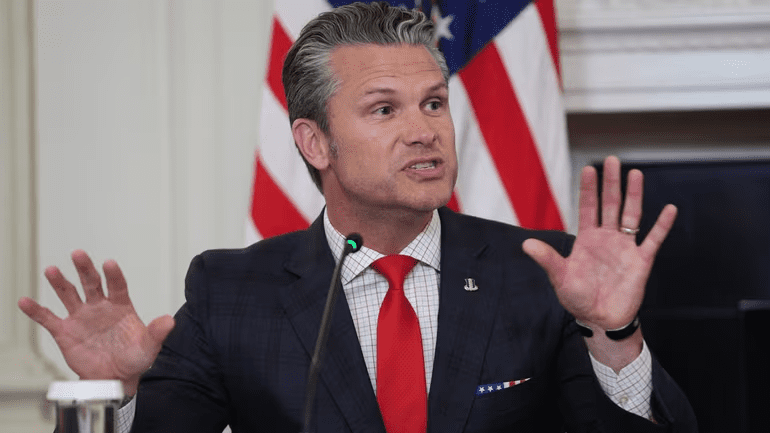
Secretary Hegseth, addressing the deployment from the Pentagon briefing room, emphasized that the mission’s focus is deterrence and disruption. “These forces will enhance and augment our existing capabilities to disrupt narcotics trafficking and neutralize transnational criminal organizations that threaten our hemisphere’s security,” he said. The operation, which also involves aerial surveillance assets and special operations units, will coordinate closely with allied governments in Colombia, Panama, and the Dominican Republic.
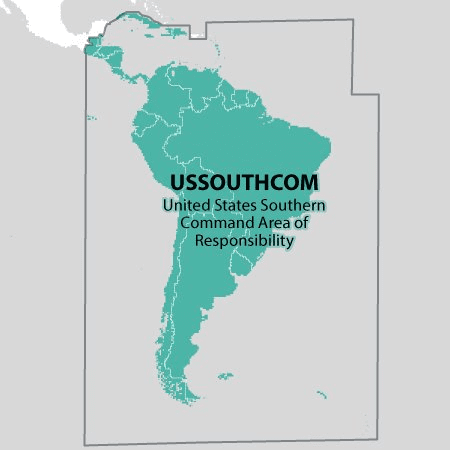
The timing of the deployment underscores the administration’s renewed commitment to hemispheric security. It comes amid rising tension with Venezuela, where intelligence sources have linked elements of Nicolás Maduro’s regime to the flow of cocaine shipments and cartel operations. U.S. intelligence has also tracked increased cartel activity off Venezuela’s northern coast and in the jungles of Colombia, with several maritime interdictions resulting in the seizure of millions of dollars’ worth of narcotics and the destruction of smuggling vessels.
This is not the first time the Trump administration has used overwhelming military presence to pressure illicit actors abroad, but it may be one of the most consequential. Analysts note that by deploying an aircraft carrier group to the region, the U.S. is signaling a shift from a defensive to an offensive counter-narcotics strategy. It’s a move designed to intimidate cartels, reassure regional allies, and demonstrate that Washington intends to maintain dominance in the Western Hemisphere.
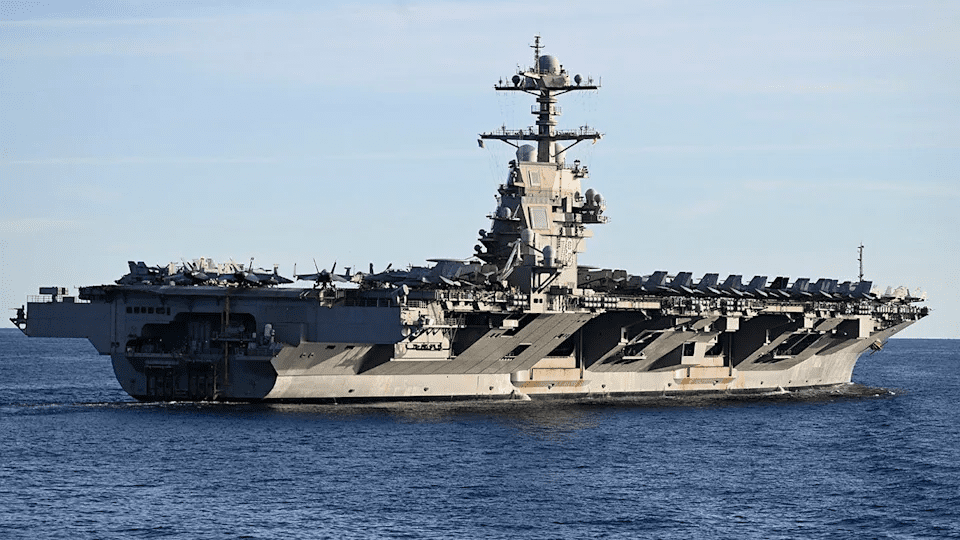
The Ford’s arrival follows months of steady escalation. Between July and October, U.S. forces conducted targeted strikes against suspected drug submarines, speedboats, and clandestine fueling stations used by trafficking networks. Military officials say the latest phase will focus not only on interception but also on tracking and dismantling the broader logistics networks that sustain cartel power.
Reactions across Latin America have been mixed. While governments battling cartels have welcomed the show of force, others fear it could provoke political backlash or unintended clashes. Still, within the Pentagon and among U.S. allies, the move is being described as necessary and long overdue. After years of unchecked smuggling and corruption, Washington is taking the fight to the source—using the world’s most powerful navy as its spearhead.
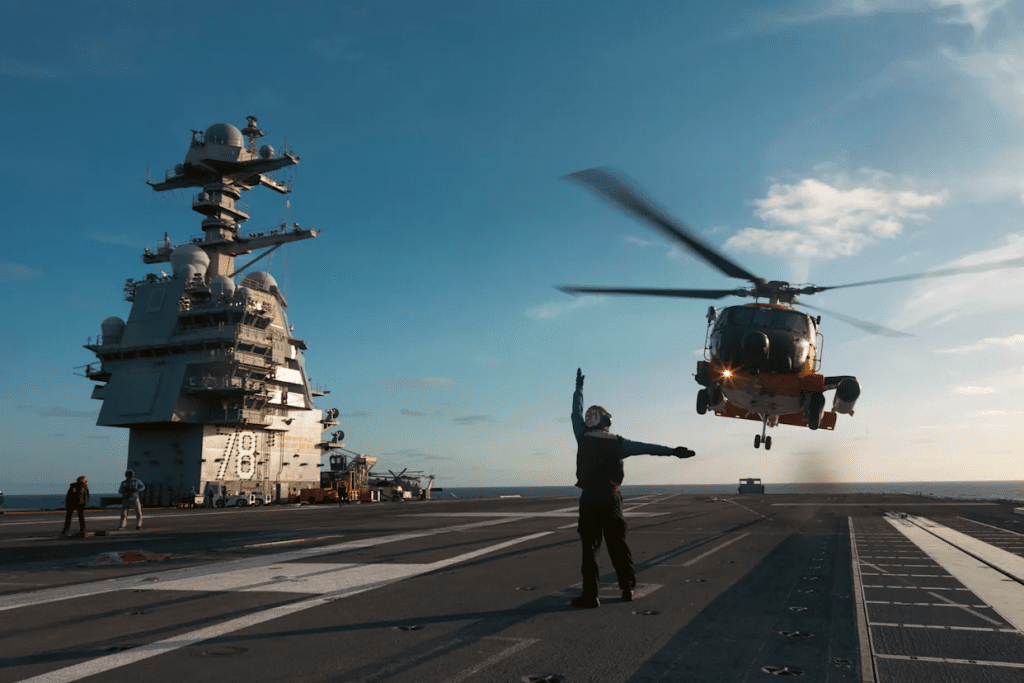
For President Trump’s administration, the deployment serves both strategic and symbolic purposes. It underscores the message that America will no longer tolerate cartel-driven instability near its borders, nor will it allow hostile regimes to shield criminal networks under the guise of sovereignty. As one senior defense official put it, “This is about protecting American lives, American families, and American security. Full stop.”
As the USS Gerald R. Ford strike group sails south, it carries not just military power, but a declaration of intent: that the United States will confront narcotics traffickers and their enablers wherever they operate. In the words of one Pentagon official, “This is the beginning of a new era in America’s fight against cartels — one defined by action, not words.”
